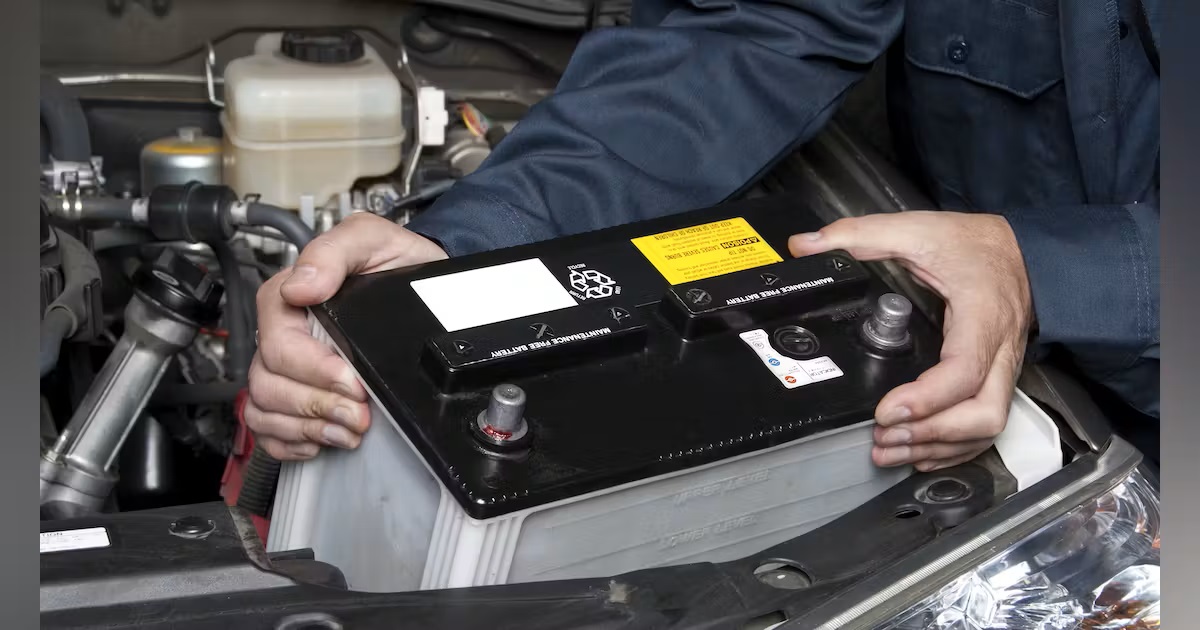

Articles
How To Store A Car Battery
Modified: January 7, 2024
Learn how to properly store a car battery to extend its lifespan. Check out our informative articles for tips and tricks on car battery maintenance and storage.
(Many of the links in this article redirect to a specific reviewed product. Your purchase of these products through affiliate links helps to generate commission for Storables.com, at no extra cost. Learn more)
Introduction
A car battery is an essential component of any vehicle, providing the power required to start the engine and run various electrical systems. However, there may be instances when a car is not in use for an extended period, such as during vacations or winter storage. During these periods, improper storage of the car battery can lead to a reduced lifespan, poor performance, and even permanent damage.
Properly storing a car battery can help prolong its life and ensure that it works optimally when you need it again. In this article, we will discuss the importance of proper car battery storage and provide a step-by-step guide on how to store a car battery to maintain its longevity and performance.
Key Takeaways:
- Properly storing a car battery is crucial to prevent self-discharge, preserve lifespan, and protect against extreme temperatures. Follow the step-by-step guide for optimal performance and longevity.
- Regularly checking and maintaining the battery during storage ensures it remains in good health, ready for seamless reinstallation, and reliable performance when needed.
Read more: How To Store Car Battery
Why Proper Car Battery Storage is Important
Proper car battery storage is crucial because it helps prevent the battery from losing its charge, a phenomenon known as self-discharge. When a car battery remains unused for an extended period, it gradually loses its charge due to internal chemical reactions. This can lead to the battery becoming completely discharged, which not only makes it difficult to start the engine but also reduces the battery’s overall lifespan.
In addition to self-discharge, extreme temperatures can also impact the battery’s performance and longevity. High temperatures can accelerate the chemical reactions within the battery, causing it to deteriorate faster. On the other hand, extremely cold temperatures can hinder the flow of electricity, making it harder for the battery to supply the necessary power to start the engine.
Proper storage helps mitigate these issues and ensures that the car battery remains in good condition during periods of inactivity. By following the steps outlined in this article, you can maintain the battery’s charge and protect it from temperature extremes, ultimately extending its lifespan and preserving its performance.
Key Takeaways:
- Properly storing a car battery is crucial to prevent self-discharge, preserve lifespan, and protect against extreme temperatures. Follow the step-by-step guide for optimal performance and longevity.
- Regularly checking and maintaining the battery during storage ensures it remains in good health, ready for seamless reinstallation, and reliable performance when needed.
Read more: How To Store Car Battery
Why Proper Car Battery Storage is Important
Proper car battery storage is crucial to ensure the longevity and optimal performance of your battery. When a car is not in use for an extended period, the battery can lose its charge due to self-discharge, which can lead to a range of issues. Here are a few reasons why proper car battery storage is important:
- Prevents battery self-discharge: When a car battery is left unused for a long time, it undergoes self-discharge due to internal chemical reactions. This discharge can result in a depleted battery, making it difficult to start the engine when you need to use your car again. Proper storage helps reduce self-discharge and maintains the battery’s charge, ensuring it is ready for use whenever you need it.
- Preserves battery lifespan: Consistent self-discharge can significantly affect the lifespan of a car battery. By implementing proper storage techniques, you can prevent the battery from discharging excessively and extend its overall lifespan. This not only saves you money but also reduces waste by minimizing the frequency of battery replacements. A well-preserved battery will serve you reliably for years to come.
- Protects against temperature extremes: Extreme temperatures can have a detrimental effect on the performance and longevity of your car battery. High temperatures can cause the battery’s internal chemistry to deteriorate more quickly, leading to a shorter lifespan. On the other hand, freezing temperatures can impede the battery’s ability to deliver the necessary power to start the engine. Proper storage in a temperature-controlled environment helps shield the battery from these extremes, ensuring it remains in optimal condition.
- Prevents damage and leakage: Improper storage can increase the risk of damage to the battery and potential leakage of harmful chemicals. This can happen when the battery is exposed to moisture, extreme temperatures, or physical impact. By storing the battery correctly, you can minimize the likelihood of damage, ensuring the safety of both your vehicle and the environment.
- Cost-effective: Properly storing your car battery saves you money in the long run. When your battery is well-maintained, it operates efficiently and retains its charge, reducing the need for frequent recharges or replacements. This not only saves you the cost of buying a new battery but also helps you avoid unexpected expenses related to jump-starts or towing services due to a dead battery.
By understanding the importance of proper car battery storage, you can implement the necessary steps to protect your battery, prolong its lifespan, and ensure its optimal performance when you need it most. In the following sections, we will provide you with a step-by-step guide on how to store a car battery correctly.
Step 1: Cleaning the Battery
Before storing your car battery, it is essential to clean it thoroughly. Over time, dirt, debris, and corrosion can accumulate on the battery terminals, affecting its performance. Here’s how you can clean your car battery:
- Gather the necessary supplies: You will need safety goggles, gloves, a wire brush, baking soda, water, and a clean cloth or towel.
- Put on safety gear: Prioritize safety by wearing goggles and gloves to protect your eyes and hands from any potential harm.
- Disconnect the battery: Locate the battery in your vehicle and carefully disconnect the negative (-) terminal first, followed by the positive (+) terminal. Loosen the terminal nuts using a wrench and gently remove the cables from the terminals.
- Mix a cleaning solution: In a small container, combine a tablespoon of baking soda with enough water to make a paste. Stir until the mixture is well blended.
- Apply the cleaning solution: Use the wire brush to apply the baking soda paste onto the battery terminals and any visible corrosion. Scrub the terminals gently in a circular motion to remove the dirt and corrosion buildup. Take care not to let the paste or debris fall into the battery cells.
- Rinse with water: Once you have scrubbed the terminals thoroughly, rinse them with clean water to remove any remaining baking soda residue and corrosion. Use a damp cloth or towel to wipe down the terminals and surrounding areas.
- Dry the battery: Allow the battery to air dry completely before proceeding with the storage process. Ensure there is no moisture remaining on the terminals or other parts of the battery.
Cleaning the battery before storage helps improve its electrical conductivity and prevents any potential issues caused by dirt or corrosion buildup. By following these steps, you can ensure that your battery is in optimal condition for storage and ready for use when you need it again.
Step 2: Disconnecting the Battery
Once you have cleaned the battery, the next step in properly storing your car battery is to disconnect it from the vehicle. Disconnecting the battery helps prevent any continuous drain on its charge and ensures its longevity during the storage period. Here’s how you can disconnect the battery:
- Ensure safety: Put on safety goggles and gloves to protect yourself from any potential hazards.
- Locate the battery: Identify the location of the car battery in your vehicle. It is typically located in the engine bay or trunk area.
- Identify the terminals: The battery terminals are usually labeled with a (+) or (-) sign. The positive terminal is usually red, while the negative terminal is black.
- Disconnect the negative terminal: Start by disconnecting the negative (-) terminal first. Use a wrench to loosen the terminal nut and carefully remove the negative cable from the terminal. Be cautious not to touch any metal surfaces with the cable as you disconnect it.
- Disconnect the positive terminal: Once the negative terminal is disconnected, proceed to disconnect the positive (+) terminal in the same manner. Loosen the terminal nut and remove the positive cable from the terminal.
- Secure the cables: After disconnecting both terminals, ensure that the cables are kept away from each other and any metal surfaces to prevent accidental contact. You can secure them using cable ties or by placing them in separate bags.
By disconnecting the battery from the vehicle, you minimize the risk of any parasitic drain on the battery’s charge during storage. This is important to ensure the battery remains fully charged and ready for use when you reinstall it in your vehicle. Taking the time to properly disconnect the battery will help preserve its longevity and performance during the storage period.
Read more: How To Store Car Batteries
Step 3: Choosing the Storage Location
Choosing the right storage location for your car battery is crucial to ensure its optimal preservation and performance during the period of inactivity. The ideal storage location should provide a controlled environment that protects the battery from extreme temperatures, moisture, and other potential hazards. Here are some factors to consider when selecting a storage location for your car battery:
- Temperature stability: Opt for a storage location that maintains a relatively stable temperature. Extreme temperatures, whether hot or cold, can affect the performance and lifespan of the battery. Look for an area that is neither excessively hot nor freezing cold. A temperature-controlled garage or storage unit is usually the best choice.
- Avoiding moisture: Moisture can be damaging to the battery, leading to corrosion and potential short circuits. Select a storage location that is dry and well-ventilated to minimize the risk of moisture-related issues.
- Avoiding direct sunlight: Prolonged exposure to direct sunlight can also affect the battery’s performance and lead to faster self-discharge. Choose a location that is shielded from direct sunlight, such as a covered garage or storage area.
- Security: Ensure that the storage location is secure to prevent any potential theft or damage to the battery. If possible, store the battery in a locked area or use additional security measures such as a battery lock or alarm system.
- Accessibility: Consider how easily you can access the storage location when you need to reinstall the battery. It should be convenient for you to retrieve the battery without any hassle.
- Protective measures: Regardless of the storage location, it is recommended to place the battery on a clean and dry surface, away from any chemicals or flammable materials. You can also use a battery maintainer or tender to keep the battery charged during storage.
By carefully selecting a suitable storage location, you can ensure that your car battery remains in an optimal state during its period of inactivity. The right environment will help preserve the battery’s charge, prolong its lifespan, and ensure its readiness for use when you reinstall it in your vehicle.
To store a car battery, make sure it is fully charged, clean the terminals, and store it in a cool, dry place off the ground. It’s also a good idea to use a battery maintainer to keep it charged.
Step 4: Preparing the Battery for Storage
Before storing your car battery, it is important to take certain precautions to ensure its long-term preservation. Properly preparing the battery for storage will help maintain its charge, prevent self-discharge, and protect it from potential damage. Here’s how you can prepare your car battery for storage:
- Inspect the battery: Before proceeding, visually inspect the battery for any signs of damage, leakage, or corrosion. If you notice any significant issues, it may be necessary to replace the battery.
- Charge the battery: If the battery charge is low, it is important to fully charge it before storage. You can use a battery charger that is compatible with your battery type. Follow the charger manufacturer’s instructions and ensure the battery is completely charged before moving to the next step.
- Remove accessories: Remove any accessories or attachments, such as battery cables or terminals, that are not permanently attached to the battery. This will help prevent any potential drain on the battery during storage.
- Protective measures: To shield the battery from potential damage, consider applying a layer of battery terminal protectant or petroleum jelly to the battery terminals. This will help prevent corrosion and maintain good electrical conductivity.
- Cover the battery: It is recommended to cover the battery with a battery storage case or a clean and breathable cloth to protect it from dust, dirt, and moisture. This will further ensure the battery remains in good condition during storage.
- Store the battery in an upright position: It is best to store the battery in an upright position to prevent any potential leakage or spills. Make sure the battery is secure and will not tip over during storage.
- Maintain the battery’s charge: If you are planning to store the battery for an extended period, consider using a battery maintainer or tender. These devices provide a low-level charge to the battery and help prevent self-discharge. Follow the manufacturer’s instructions when using a battery maintainer.
By properly preparing your car battery for storage, you can ensure that it remains in good condition and is ready for use when needed. These steps will help preserve the battery’s charge, protect it from damage, and extend its overall lifespan.
Step 5: Storing the Battery
Now that your car battery is prepared for storage, it’s time to choose the right method and location for safely storing it. Proper storage techniques will help maintain the battery’s condition and ensure its longevity. Here’s how you can store your car battery:
- Select a secure location: Choose a storage area that is cool, dry, and well-ventilated. Avoid storing the battery in extreme temperatures, as both excessively high and low temperatures can have negative effects on its performance.
- Keep it upright: Store the battery in an upright position to prevent any leakage. Make sure it is firmly secured in place and will not be jostled or tipped over during storage.
- Avoid concrete floors: Place a piece of wood, cardboard, or a rubber mat underneath the battery to provide insulation and prevent any potential damage from direct contact with concrete floors.
- Maintain distance: If storing multiple batteries, ensure that there is enough space between them to prevent any accidental contact. This will help avoid any potential electrical discharge or damage between the batteries.
- Check the storage environment: Regularly inspect the storage location to ensure that it remains cool, dry, and free from moisture or extreme temperature fluctuations. Moisture or excessive humidity can lead to corrosion or other damage to the battery.
- Monitor battery charge: If storing the battery for an extended period, periodically check the battery’s charge level. If the charge drops significantly, charge the battery using a compatible charger or a battery maintainer to maintain its charge and avoid self-discharge.
- Follow storage duration guidelines: Depending on the duration of storage, it is recommended to check the battery every 3-6 months. If storing for longer periods, consider recharging the battery every few months to keep it in optimal condition.
By following these guidelines for storing your car battery, you can ensure that it remains in a safe and stable environment. Proper storage will help maintain the battery’s charge, prolong its lifespan, and ensure that it is ready for use when you need it again.
Step 6: Regularly Checking the Battery
While your car battery is in storage, it is important to periodically check its condition to ensure that it remains in good health and to identify any potential issues. Regular checks and maintenance will help preserve the battery’s charge, prevent self-discharge, and maximize its lifespan. Here’s how you can regularly check the battery during storage:
- Inspect the battery: Regularly examine the battery for any signs of damage, leakage, or corrosion. Look for any bulges, cracks, or other abnormalities on the battery casing. If you notice anything unusual or concerning, it may be necessary to replace the battery.
- Check the battery terminals: Inspect the battery terminals for any signs of corrosion or buildup. Corrosion can hinder electrical conductivity and affect the battery’s performance. If corrosion is present, clean the terminals using a wire brush and baking soda mixture as outlined in Step 1.
- Monitor the battery charge: Periodically check the battery’s charge level using a multimeter or voltmeter. A fully charged battery should read around 12.6 volts. If the charge drops significantly, it may be necessary to recharge the battery using a compatible charger or battery maintainer.
- Look for signs of self-discharge: If the battery’s charge is depleting rapidly, it may indicate self-discharge. Self-discharge can be caused by various factors, including high temperature, extreme cold, or a faulty battery. Consider charging the battery to maintain its charge and prevent any further self-discharge.
- Maintain storage conditions: Ensure that the storage location remains cool, dry, and free from moisture or extreme temperature fluctuations. Moisture or excessive humidity can lead to corrosion or other damage to the battery. If necessary, make adjustments to the storage environment to maintain optimal conditions.
- Follow maintenance guidelines: Depending on the battery type and storage duration, it is recommended to check the battery every 3-6 months. If storing for longer periods, consider recharging the battery every few months to maintain its charge and overall health.
Regularly checking the battery during storage allows you to catch any potential issues early on and take necessary measures to maintain its health. By monitoring the battery’s condition and charge level, you can ensure that it remains in optimum condition and will be ready for use when you need to reinstall it in your vehicle.
Read more: How To Store A Car Battery Indoors
Step 7: Reinstalling the Battery
Once the storage period is over and you’re ready to use your vehicle again, it’s time to reinstall the battery. Properly reinstalling the battery ensures a smooth and reliable start-up and allows you to safely reconnect the electrical connections. Here’s how you can reinstall the battery:
- Gather the necessary tools: You will need a wrench, safety goggles, and gloves for this process.
- Ensure safety: Put on safety goggles and gloves to protect yourself from any potential hazards during the installation.
- Clean the battery terminals: Before reinstalling the battery, check the terminals for any signs of corrosion. If present, clean the terminals using a wire brush and baking soda mixture as outlined in Step 1.
- Position the battery: Carefully position the battery in its designated location in the vehicle. Ensure that it is properly aligned with the battery tray and sits securely in place.
- Connect the positive terminal: Start by connecting the positive (+) terminal first. Slide the positive cable onto the terminal and secure it by tightening the terminal nut with a wrench. Make sure the connection is tight but avoid over-tightening, as it could damage the terminal or cable.
- Connect the negative terminal: Proceed to connect the negative (-) terminal. Slide the negative cable onto the terminal and tighten the terminal nut with a wrench. Again, ensure the connection is secure but avoid over-tightening.
- Double-check the connections: Once both terminals are securely connected, double-check the connections to ensure they are tight and properly fastened. Give them a gentle tug to confirm they are secure.
- Close the battery tray and secure: If your vehicle has a battery tray or cover, carefully close it and make sure it is securely fastened. This helps protect the battery and ensures its stability within the vehicle.
- Start the vehicle: Once the battery is installed, start the vehicle to verify that everything is functioning properly. Check for any warning lights or issues that may arise, and address them if necessary.
Reinstalling the battery properly is crucial for the smooth operation of your vehicle’s electrical systems and overall performance. By following these steps, you can ensure the secure and correct reconnection of the battery, allowing you to enjoy a hassle-free driving experience.
Conclusion
Properly storing a car battery is essential for maintaining its longevity, preserving its performance, and ensuring that it is ready for use when you need it again. By following the steps outlined in this article, you can effectively store your car battery and protect it from self-discharge, extreme temperatures, and potential damage. Here’s a recap of the key steps:
- Clean the battery to remove dirt and corrosion buildup.
- Disconnect the battery to prevent continuous drain on its charge.
- Choose a suitable storage location that provides temperature stability and protection against moisture.
- Prepare the battery by charging it fully, removing any non-permanent accessories, and protecting the terminals.
- Store the battery in an upright position, away from concrete floors, and maintain the proper storage environment.
- Regularly check the battery’s condition, charge level, and storage environment during the storage period.
- Reinstall the battery properly when you’re ready to use your vehicle again.
By taking these steps, you can ensure that your car battery remains in good condition throughout its period of storage. Proper storage not only prolongs the battery’s lifespan but also saves you money by reducing the need for frequent replacements. Remember to prioritize safety by wearing protective gear and following manufacturer guidelines throughout the entire process.
When it comes time to reinstall the battery, double-check the connections and start the vehicle to confirm everything is functioning correctly. With proper storage and maintenance, your car battery will provide reliable power and performance when you hit the road once again.
Remember, if you have any doubts or concerns about storing your car battery, consult your vehicle’s owner’s manual or seek advice from a professional mechanic. They can provide specific guidance based on the make and model of your vehicle.
By following these guidelines, you can store your car battery with confidence, knowing that you have taken the necessary steps to preserve its health and protect your investment in your vehicle.
Frequently Asked Questions about How To Store A Car Battery
Was this page helpful?
At Storables.com, we guarantee accurate and reliable information. Our content, validated by Expert Board Contributors, is crafted following stringent Editorial Policies. We're committed to providing you with well-researched, expert-backed insights for all your informational needs.
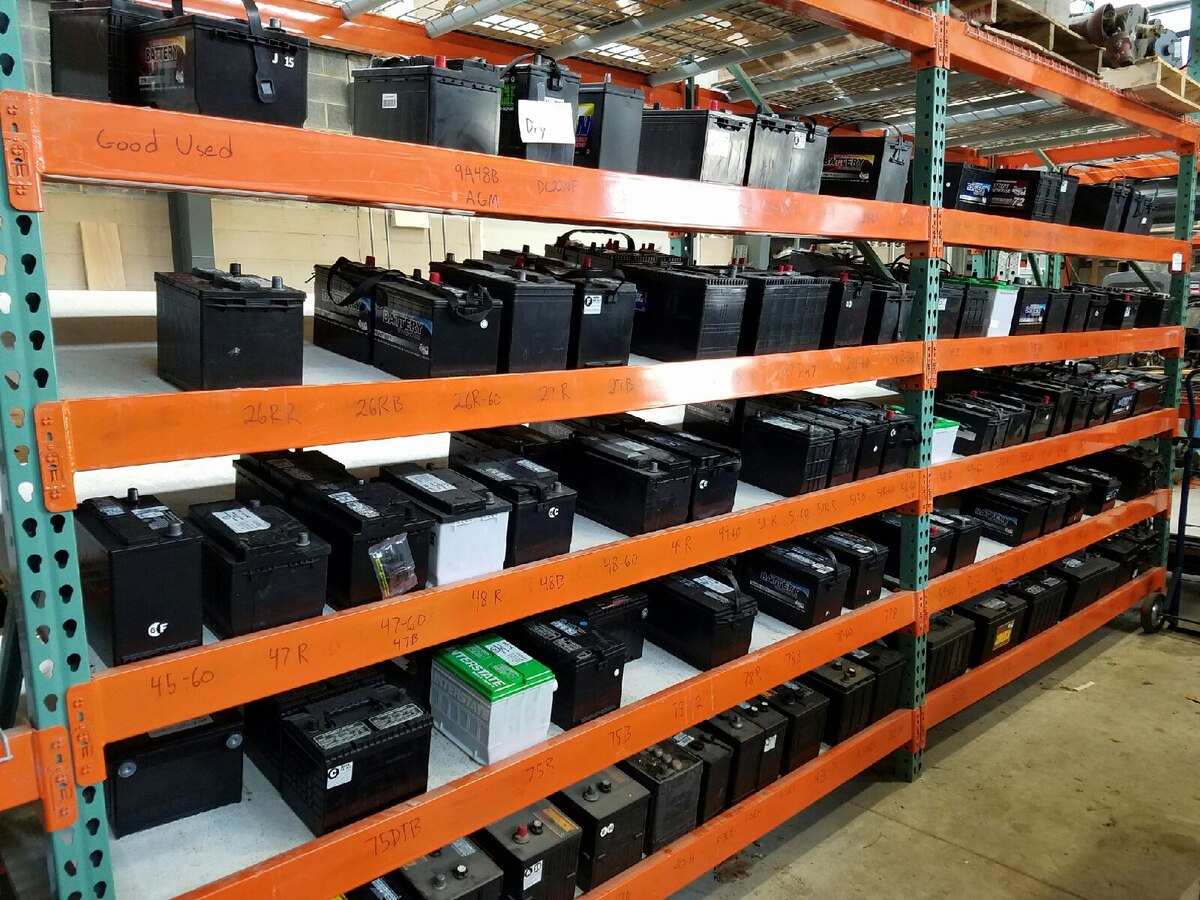
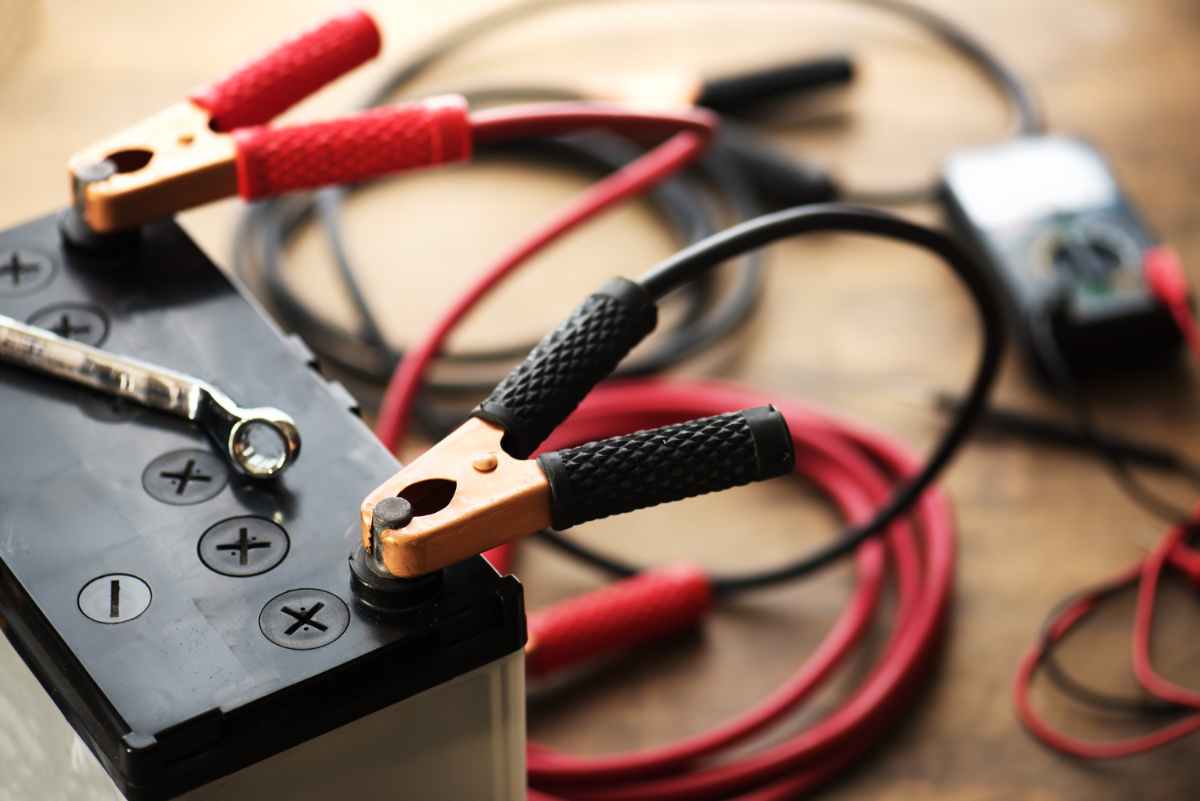

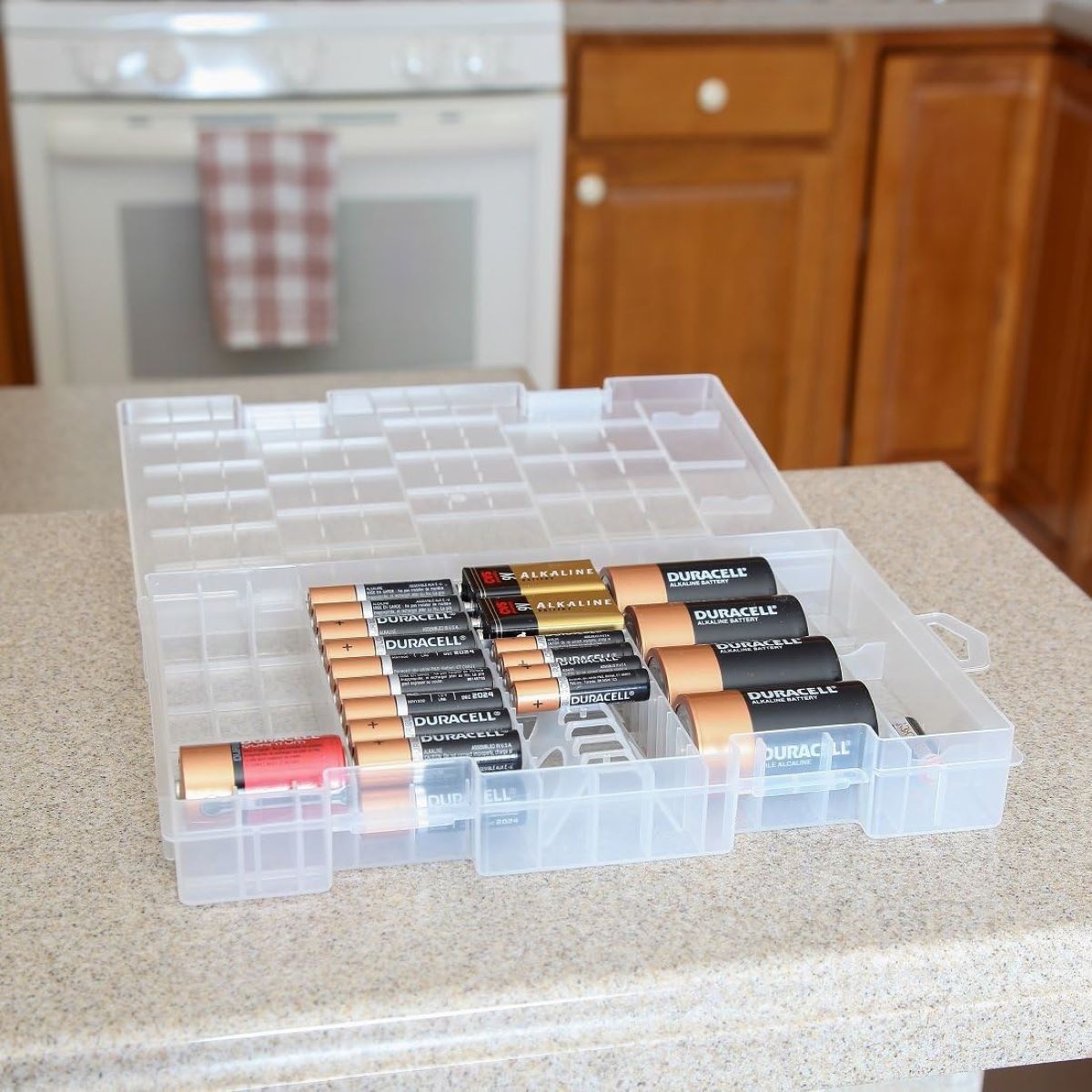
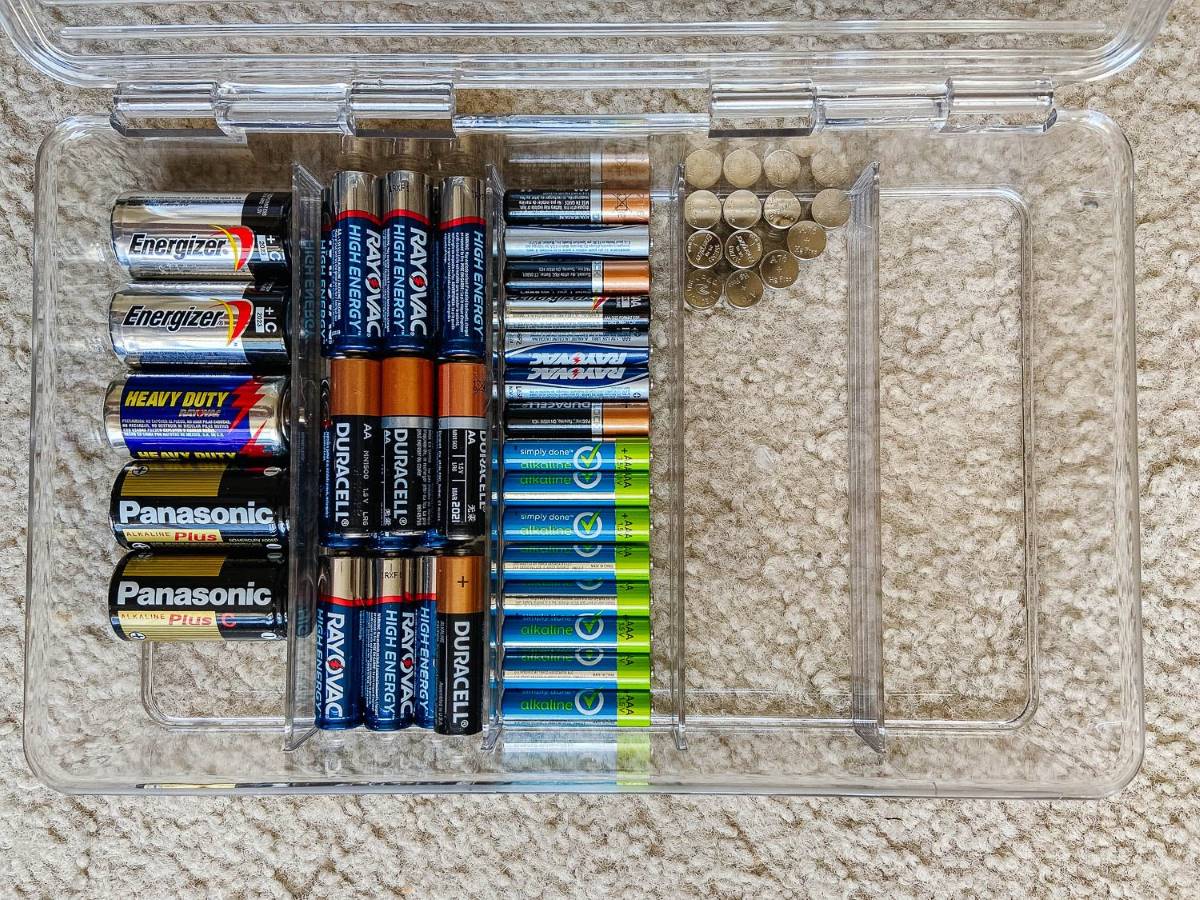









0 thoughts on “How To Store A Car Battery”